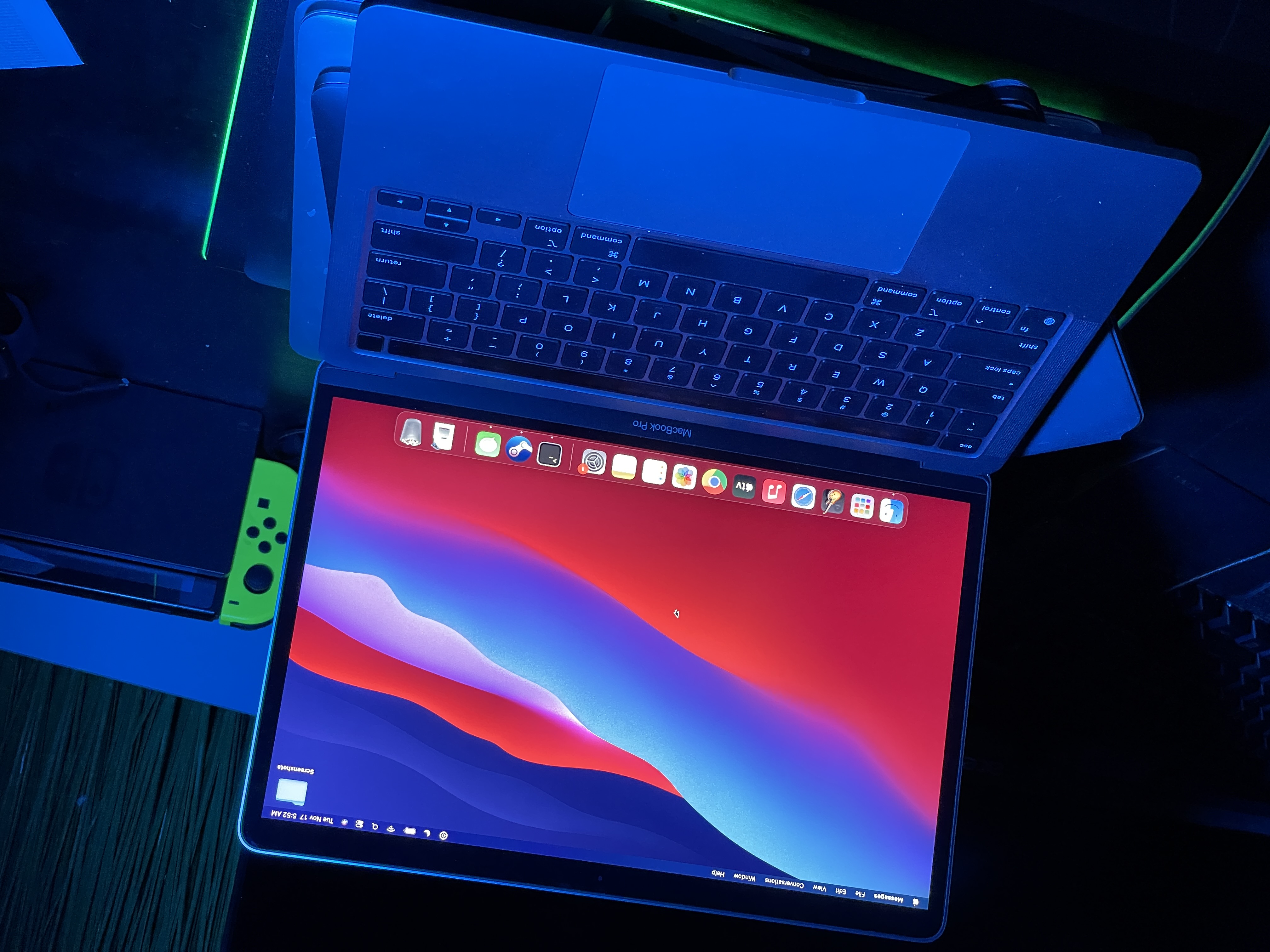
Right alongside the A15 that we're all expecting to see in the iPhone 12s this fall.Īnd with that, we'll probably see the same kind of single-core improvements we've seen over the last many years. M2… well, M2 would then be the next generation of Apple silicon. M2 for next-generation ultra-low power Macs But otherwise, yeah, core for core, the same. But the higher end might have more battery or just be willing to prioritize frequency. The ultra low power ones maybe sacrifice some frequency for a good amount of battery life. And I only say probably because Apple could always play with frequencies on the higher-end machines. So single-core performance would probably be the same. You know, along with up to 32 or 64 GB of RAM, 4 or more Thunderbolt Controllers, that sort of thing.

So, instead of 8 CPU and 8 GPU cores, it could have 12 or 16, maybe even 32 or 64 or conceivably more at some point. Well, if Apple sticks to pattern - and Apple always sticks to pattern until they don't… surprisingly often right after I make a video… but don't worry, I don't take any of this personally… I just want to make sure you have the very best information possible at any given moment.Īnyway… if Apple sticks to pattern, M1X would be a further extension of the current 11th generation architecture. So, what does this mean for an M1X or M2? M1X for this generation Pro Macs Otherwise, it's the same playbook Apple's been executing on for years - higher generations, from A12 to A13 to A14, and wider feature sets, from A12X and A12Z to A14 and… M1.įewer cores, lower power draw for tiny thermal envelopes like the iPhone, more cores, higher power draw for bigger thermal envelopes like the iPad Pro and, now, the Mac. Just like the A12X was the same generation and architecture as the A12, just with two additional high-performance cores and 4 additional GPU cores.Īpple just also extended the M1 with a couple of thunderbolt controllers on-package, and some extra IP for hypervisor and x86 translation. It just has two additional high-performance cores and four additional GPU cores. It's the same silicon generation and architecture as the A14. Well, technically there has… but Apple-branded it the M1. That sort of thing.īut… Apple hasn't iterated those every year on the year. Adding extra computer units - extra CPU and GPU cores. And they've typically done it by increasing the number of compute engines. Apple started that with the A5X for the first Retina iPad in 2012.

Architechture extensionsĪnd that brings us to the extensions. Now the fruit-flavored… colored! Entry-level iMacs.
#MAC PRO CPU 12 CORE YOUTUBE MAC#
We're currently on the 11th generation, the A14 Bionic, introduced in 2020 with the iPad Air and iPhone 12.īut also the M1 introduced just a month later with the first round of Apple Silicon Macs, the MacBook Air, 2-port MacBook Pro, and newly re-silvered Mac mini. The first generation was the A4, introduced in 2010 with the original iPad, and then the iPhone 4. With things like custom CPUs, custom GPUs, neural engines, and machine learning accelerators, by moving to 7-nanometer then 5-nanometer processes, moving to 64bit and the ARMv8 instruction set architecture, or ISA, those sorts of things. Apple's been incrementing those every year, on the year.

Generations are architectural generations. So, historically, there're two ways Apple iterates on their silicon. Clamoring for! But these names, M2 and M1X are being thrown around… almost willy-nilly, and so I think it'd be super useful, really a convenience to just clarify what they actually mean.

Nikkei just pushed out a piece on the M2 and Bloomberg previously reported on what we're colloquially calling the M1X, basically, the chipsets all of us nerds are waiting for to run the higher-end MacBooks Pro, Mac mini, iMacs, and the eventual Mac Pro and redesigned MacBook Air that we've been waiting for.


 0 kommentar(er)
0 kommentar(er)
